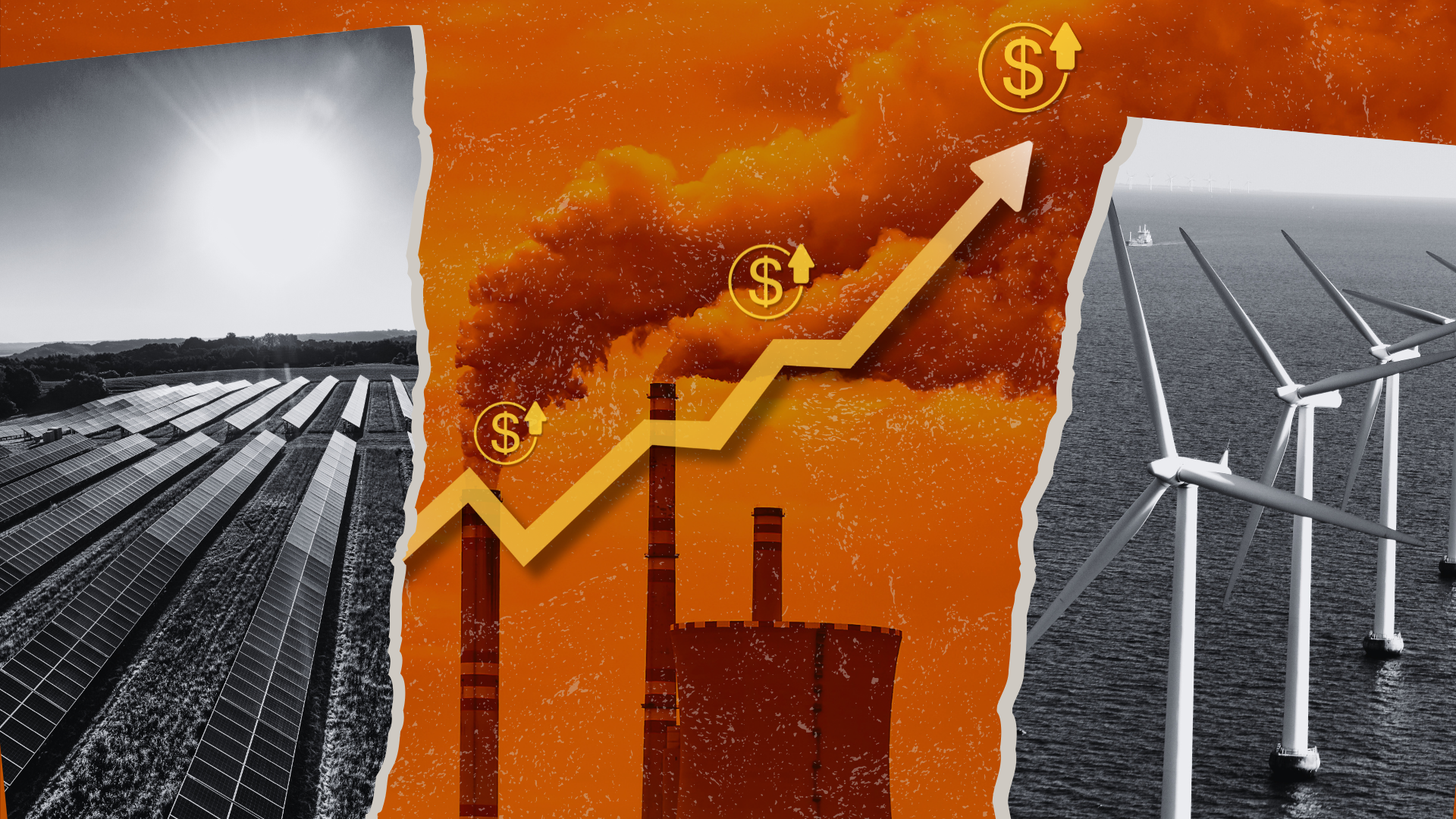Global Warming Solutions that Work
There was an interesting Op-Ed in the Washington Post Wednesday titled “Global Warming and Hot Air,” by Robert Samuelson.
Samuelson is a smart guy who gets the science and asks the right questions on economics. And we do agree on the need for new technologies and clean energy options. The question is how to accomplish this.
Samuelson worries that:
- Even with the best intentions, we can’t take effective action today to reduce greenhouse gas (GHG) emissions because we don’t have adequate clean energy technology.
- Three-quarters of the projected increase in GHG emissions by 2030 is from developing countries like China, and they’ll never cooperate because it would hurt their economies.
- Cap-and-trade is “environmental grandstanding” and would be a “regulatory burden with little benefit.” A tax on oil would be a better approach.
None of these statements is true, but you don’t have to take my word for it. I’ll go over what the experts say on this.
Samuelson’s first argument is that we don’t have the technology to meet energy demands and reduce GHG emissions without inconveniencing people and crippling economies. Apparently Samuelson has not seen the literature on this topic.
In a seminal paper [pdf] in the journal Science, Stephen Pacala and Robert Socolow showed that the problem can be addressed with at least 15 existing technologies and policy options (called “wedges”). None of them requires us to give up our cars or our household amenities. Although no single wedge can get us to where we need to be, a combination of about seven can.
The wedges include energy efficiency and conservation (there’s a big opportunity here), wind and solar energy, biofuels, carbon sequestration in soils and forests (with potential profits for farmers), clean coal technology, and – if problems such as waste disposal can be resolved – nuclear power. The important point is that all these technologies are available today.
Samuelson’s next worry is that developing countries would never cooperate, but there’s evidence against this. The New York Times reported Wednesday that China said it will cooperate if wealthier countries like the U.S. take the lead. It all depends on the approach. Last year the Swedish power company Vattenfall published a report describing a worldwide cooperation strategy [pdf] that would reduce GHG emissions without burdening developing economies or developed economies. It works by phasing in developing economies as they reach a specified gross domestic product (GDP) threshold.
Finally, let’s turn to the cap-and-trade issue. Samuelson contends that a cap-and-trade system to stabilize CO2 emissions will “shut down the economy.” But again, experts disagree. For example, the Energy Journal, published by the International Association for Energy Economics, reported that eight of ten global economy-energy-environment models predicted that the costs of stabilizing CO2 concentrations would be less than 1 percent of global GDP between 2000 and 2100. (See “Endogenous Technological Change – Special Issue #1”.)
But we don’t need models to prove cap-and-trade can work. There is already proof in the marketplace: the U.S. Acid Rain Program. In the 1990s, the acid rain cap-and-trade program achieved 100 percent compliance at costs 75 percent below original estimates. (If people are interested, I’ll detail what cap-and-trade is and how it works in a future post.)
The time to take action is now. The CEOs of ten major corporations, including General Electric, DuPont and BP, formed the U.S. Climate Action Partnership with an action plan [pdf] that calls for a mandatory cap on U.S. emissions (among other strategies) and states that “climate change challenge will create more economic opportunities than risks for the U.S. economy.”
In a speech to the American Chamber of Commerce in Egypt, economist Paul Volcker said, “First of all, I don’t think (such a step) is going to have that much of an impact on the economy overall. Second of all, if you don’t do it, you can be sure that the economy will go down the drain in the next 30 years.” (See article in International Herald Tribune.)
So you can listen to voices of pessimism and negativity, or you can listen to people like Paul Volcker and Jeff Immelt, CEO of General Electric, and start getting the job done.













3 Comments
Mr. Samuelson, Exxon-Mobil says the check is in the mail.
Thanks for reading, but just to be clear, we have no reason to think Samuelson has any ties to oil companies, or any ulterior motives. We just respectfully disagree with him, as people will do from time to time.
I am sure many people do not understand that there are pros and cons on the different options trading strategies . It depends on the individual risk appetite and whether you are looking at trading options on the long or short term.